This week, Partners of the Americas joins people around the world in remembering the earthquake that devastated Haiti on January 12, 2010. As we commemorate the horrific event, we also hope to offer readers some insight into the current situation in Haiti.
Partners’ Farmer-to-Farmer Program was very active in Haiti in 2010 and we had a number of volunteers in-country during the tragedy, all of whom thankfully survived the earthquake. Although Partners is not a relief organization, we did what we could to help – sending trauma counselors, using donations to help supply medicines, mobilizing farmers to provide food for the needy, arranging housing for people near hospitals, and more. Today, 5 years later, there is cause to be hopeful but we also want to recognize that Haiti is still facing many challenges. We asked Yves-Laurent Regis, the Deputy Director of our Haiti Nutrition Security Program, to share some observations about the state of Haiti and positive changes he has seen in the years since the earthquake. He shares his thoughts below:
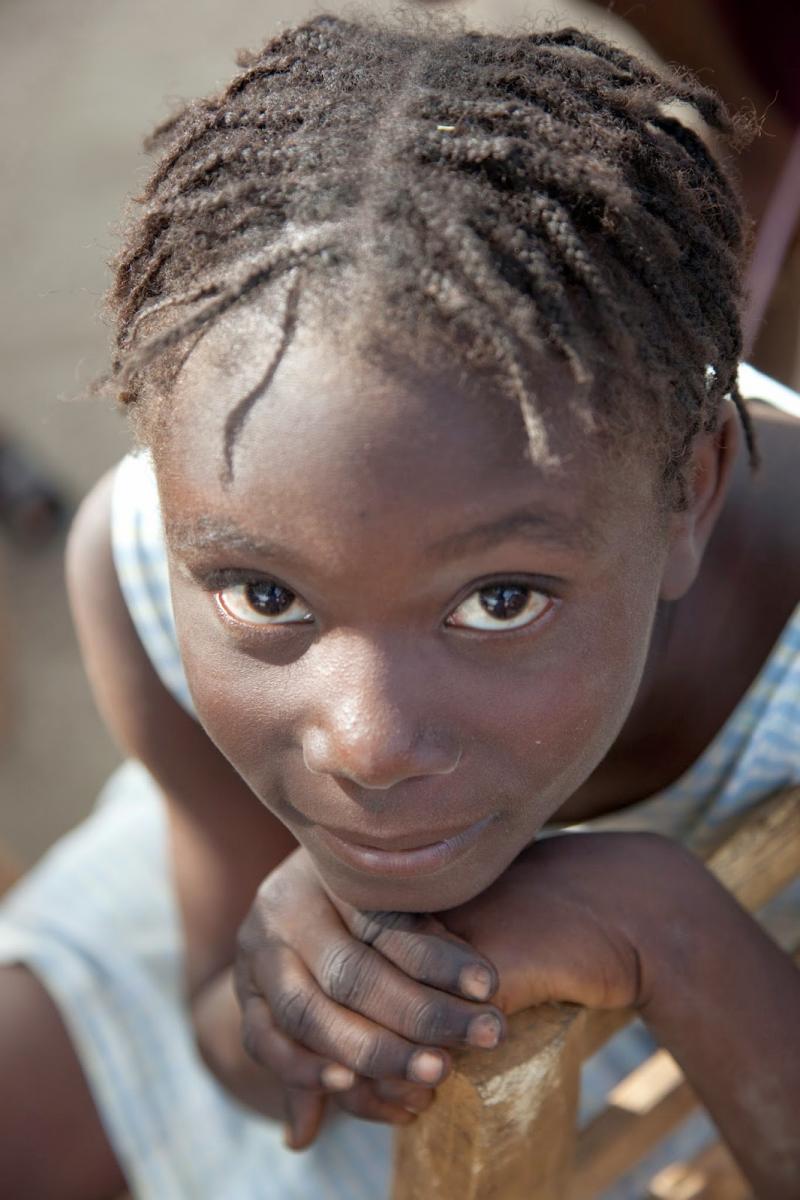
“Many brilliant and talented Haitians have fled the country since January 2010 and the number is increasing. The global response to the disaster on January 12 has provided support in key sectors like food security, water, sanitation and hygiene, health, shelter, education and protection. Additional efforts were deployed to respond to the cholera outbreak in October 2010 and hurricane Tomas in November 2010. International Medical Corps and others are responding to the needs in the Health and WASH sectors.
Ongoing programs in Haiti redirected their planning to focus on the most vulnerable people and their developing demands as indicated by continuous needs assessments. Internally displaced persons (IDPs) put pressure on their families living in the rural areas. As emerging opportunities like cash-for-work and massive distributions continued in Port-au-Prince, IDPs returned with other family members affected by the earthquake and created new settlements, particularly in the Northern portion of the city. Other existing slums received more IDPs and new migrants following the demobilization of several tent cities near the national palace and the main army plaza (Champs de Mars).
There have been positive changes in a number of sectors, including:
Education
- Increased opportunities to study in new and nontraditional areas (related to structural engineering, environmental protection, climate change, psychology and prosthetics)
- Increased knowledge about and respect of people with disabilities
- Increased awareness of the particular needs of people with disabilities triggering more visibility, resources and responsibility / capacity for the Secretariat of State for the Integration of People with Disabilities
- Better knowledge of teachers and more frequent dialogue around hazards and SIMEX (simulation exercises) in selected schools
Resources / Economy
- Major corporations, the State and average citizens have showed they learned many key lessons from the 2010 earthquake by considering appropriate measures to mitigate the negative impact of future catastrophes (relocation of assets to safer places, digitization of sensitive data, use of lighter materials for construction and roofing in particular, and public signs indicating evacuation routes ahead of any tsunami in the second largest city located near the North Atlantic fault lines)
- Increased availability of fresh fruit, vegetables and their derivatives in the capital city (supermarket, street vendors, public markets and restaurants) as a new economic activity
- Increased public awareness of environmental protection actions: recycling of plastic and a ban on importing, manufacturing and marketing plastic and foam containers as of October 1st 2012 by the Haiti Council of Ministers
Infrastructure / Services
- Secondary roads have been built and/or paved both in the capital city and elsewhere
- Selected public and private services have improved dramatically [ex: international airport, health institutions(emergency hospitals by Doctors without Borders), hotel rooms, and beach resorts]
Social Capital
- The movement of people outside of their devastated residential sites has prompted quick and fragile networks in the new settlements
- People recognize that they have been blessed for having survived the 2010 earthquake, they create spaces for community healing and they make a commitment to improve their future.
Participation / Resilience
- The 2010 earthquake has shown the potential of Haitians in and out of the country to implement collective actions in order to achieve social justice and sustainable development
Looking Towards the Future…
Additional actions need to be done in the following sectors:
Education formal and non formal, targeting out of school youth
- Governance in key sectors (citizen participation and advocacy for sound public policies)
- Accountability to beneficiaries
- Water, sanitation and hygiene
- Protection: preparedness and planning, social protection, employment; and rights particularly of child and adolescent girls
- Shelter: spatial planning, improved neighborhoods, safe and affordable homes
- Health, food security and nutrition: responding to the needs of under two years old, and maternal health
- Community organization and networks: valuing local resources and building capacity”
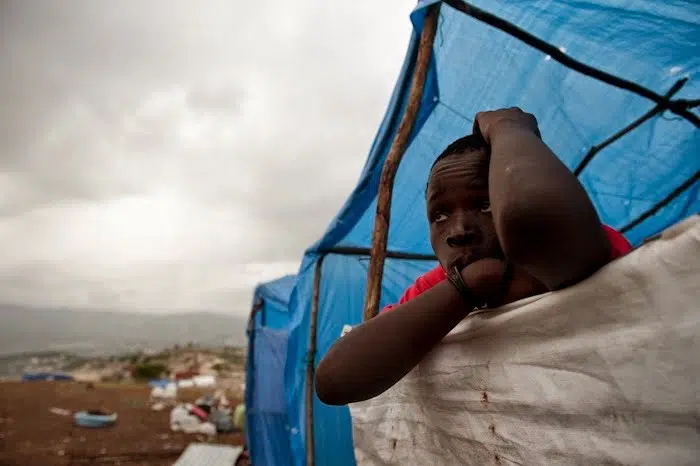
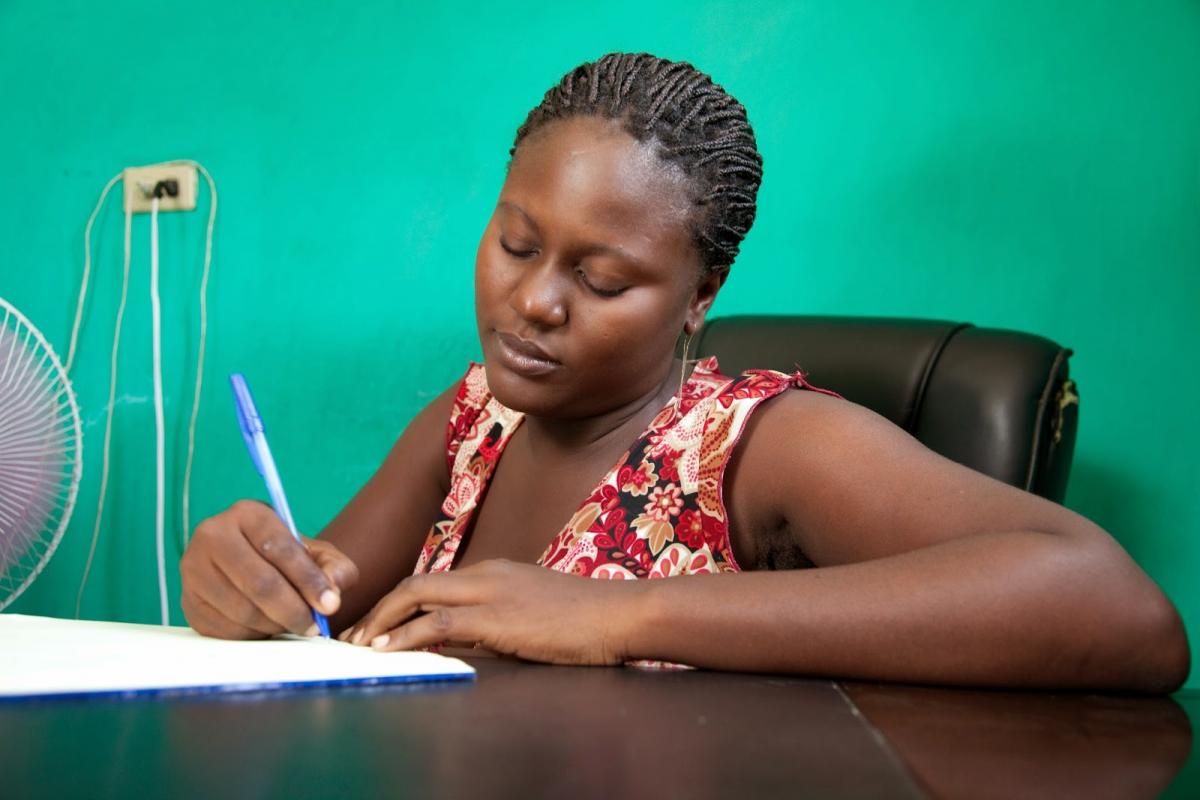
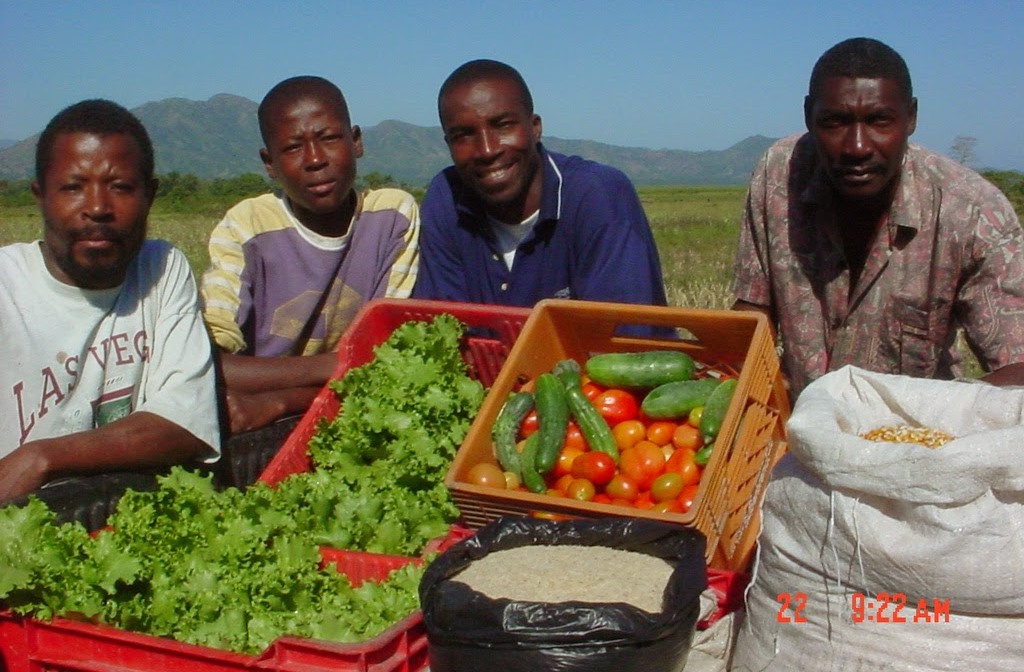
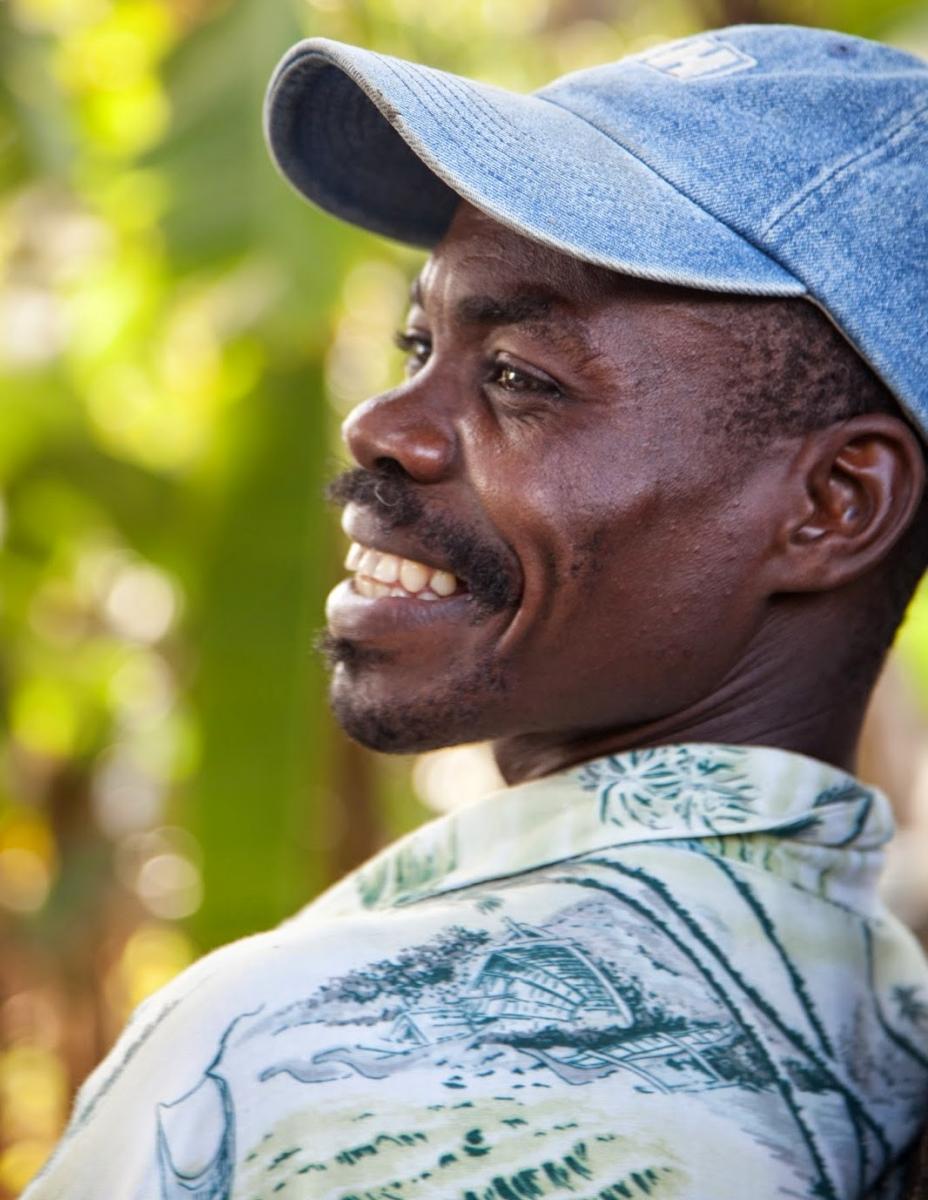 Education formal and non formal, targeting out of school youth
Education formal and non formal, targeting out of school youth


